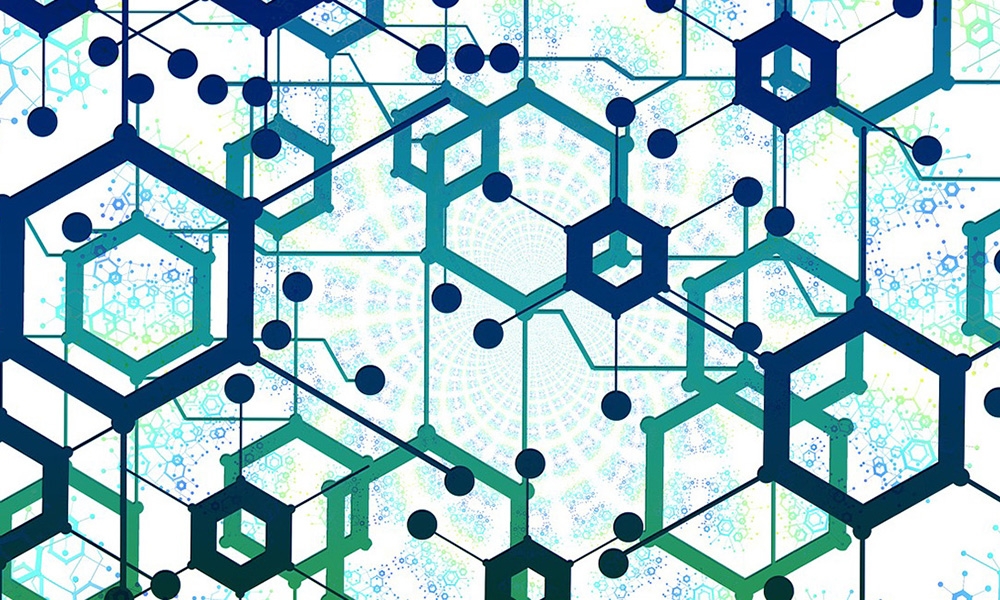
In 1997, I landed my first post-graduate job which just happened to involve designing and testing process control systems for use in pharmaceutical manufacturing (my career plan at that time focused on getting a job—what for was irrelevant after four years on a student budget). Our department had a dedicated validation engineer, who used tabs and spaces to create endless tables in his very tedious qualification documents. He did his badly-formatted documents and I did my systems engineering, and we operated pretty much independently of each other.
A few months in and one of my colleagues passed me a book called GAMP® 3. Not only was this unique volume readable upside-down or right-way-up, it introduced me to the concept of a Software Development Life Cycle where design, build, qualification, verification, and reporting all co-existed harmoniously in support of a common objective: a system that was fit for intended use in a regulated environment. I learned about formal documented approaches and validating system functionality against user requirements. I was a GAMP® convert and in time became the voice of validation in that department and others.
Fast-forward nearly 20 years of living and breathing system life cycles and suddenly (to me, at least) the regulators started writing about a Data Life Cycle. Oh the angst this caused! Another life cycle, this time focussed on GxP critical records and how they were protected during creation, processing, reporting, reviewing, retention, retrieval, and eventual destruction. I tried Venn diagrams, matrices, hierarchical charts, and pyramids, trying to find a way to mesh system life cycles with data life cycles. All I really created was confusion and an unwanted and underrated variety of abstract art.
Finally, with a little help from my GAMP® friends, I began to see how these life cycles complement each other and could even co-exist peacefully. The data life cycle helps us to trace the critical data across the different formats and systems it will pass through from creation to destruction, with the system life cycle essential to validate the data integrity controls in each system and the interfaces between systems.
If you’d like to gain first-hand experience with fitting the life cycles together, without going through all of the angst and the abstract art phase, please come along and join me and my fellow GAMP® experts at the ISPE 2017 Annual Meeting & Expo in San Diego, California, 29 October–November 1. The workshop “Unifying System Validation and Data Life Cycles to support Data Integrity” is one of the many enlightening activities and presentations that make up the this must-attend event.
Register Now





